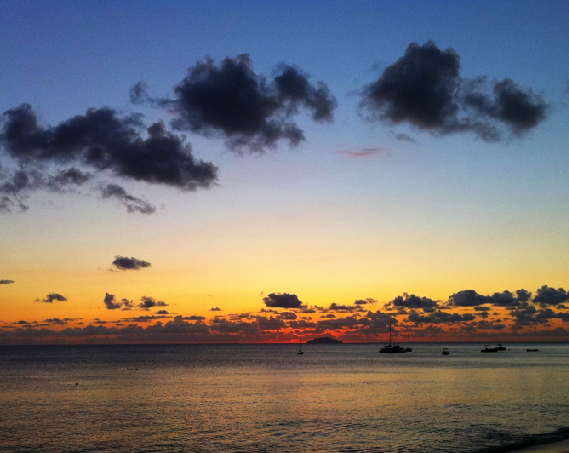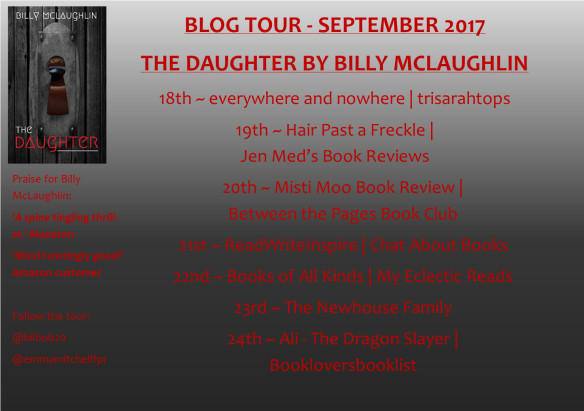
The full title of this article by Umair Irfan (Vox) is “It’s been more than 100 days and Puerto Rico is still in the longest blackout in US history.” The author stresses that more than 43 percent of Puerto Ricans still do not have power, and some may not get it until May.
Hundreds of thousands of Americans across Puerto Rico and the US Virgin Islands rang in the new year in darkness, still mired in the longest blackout in US history.
It’s been more than 100 days since Hurricane Maria ravaged the electrical grids of these two US territories, but 14,815 utility customers in the US Virgin Islands, more than a quarter of the total customers, still don’t have electricity. In Puerto Rico, 675,000 customers, or 43 percent of the total, lack power. The blackout stemming from Hurricane Maria was already the longest in US history back in October, according to an assessment by the Rhodium Group, a policy analysis firm.
Rhodium compared the power outages stemming from Hurricane Maria as of October 26 with those from other events in US history. As you can see, Hurricane Maria disrupted electricity more than any other event by a long shot:

[. . .] It’s worth noting that of the top 10 outages, nine were due to hurricanes, and eight occurred after 2000. [. . .] Though power grids across the country do try to anticipate blackouts, they only prepare for disruptions measured in minutes, not days, weeks, or months. [. . .]
In Puerto Rico and the USVI, the outages have led to ongoing health and environmental crises as idled sanitation systems have forced some to drink from contaminated wells and other water sources. The power losses are making it more difficult to contain hazardous waste. The outages have proved deadly, with people unable to use lifesaving medical equipment like dialysis machines, and they’ve contributed to Puerto Rico’s official death toll of 64.
As we’ve reported here at Vox, the actual number of fatalities is likely much higher, a development that has prompted lawmakers to ask for an audit. BuzzFeed also reported that there have been more than 900 cremations across the island since the hurricane without medical examination.
And electricity may not be restored fully in Puerto Rico and the USVI until May, since emergency managers are still reeling from the devastation across the United States in 2017, spreading thin reconstruction supplies like utility poles and power lines across all disaster areas spanning from California to Florida.
[. . .] The power losses will also have huge financial consequences for Puerto Rico, which was already in dire economic straits before the storm.
Outages from Hurricane Maria are also having knock-on effects. As Vox’s Yochi Dreazen reported from Puerto Rico, the power losses are “significantly slowing the entire US relief effort, and preventing other vital parts of the island’s battered infrastructure from coming back online.”
Power restoration work in these hurricane-hit territories is proving slow, sporadic, and expensive. Much of the infrastructure has been physically knocked down, and hardware has to come in through ports that are already clogged with relief supplies. While there has been some progress in getting the lights back on and entrepreneurs are using the region to enact their vision for a cleaner, more resilient power grid, most in Puerto Rico and the US Virgin Islands are relying on stopgap measures like gasoline-powered generators.
“These numbers are going to rise,” Marsters said. “Every customer-hour loss adds to the cumulative total.”
For full article, see https://www.vox.com/energy-and-environment/2017/10/30/16560212/puerto-rico-longest-blackout-in-us-history-hurricane-maria-grid-electricity
Share this:





